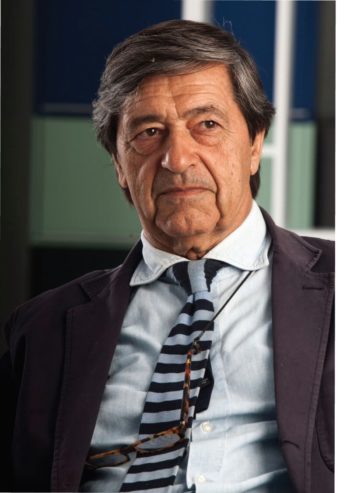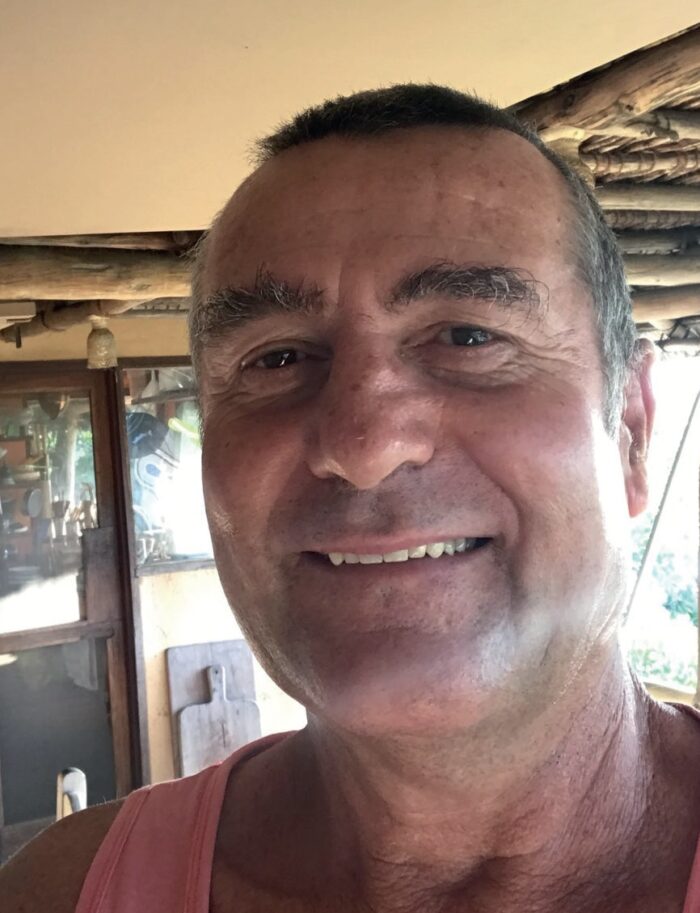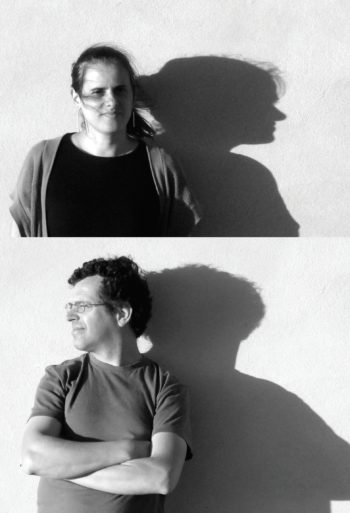A conversation with Arch. Falcão de Campos

A conversation with Arch. Falcão de Campos
‘An architect is, par excellence, a non-specialist, has a global vision, coordinates various knowledges, both draws a handle as is able to plan parts of a city.‘
Your affinity to drawing was born early, but the discovery of architecture only happened after finishing the course. Was architect Álvaro Siza Vieira the main culprit?
Somehow yes. He is a great reference for me, especially because I discovered him from outside, when I was in Switzerland. That’s when I realized that, many times, we have excellence on our side and we don’t even notice it. Since then I have not stopped admiring is work. Architect Siza Vieira is a reference in national architecture. And I think that, little by little, the Portuguese population is learning to value what is ours. Great architects have had notoriety and, through various awards, have made architecture more visible. On the other hand, it is dangerous that architecture today is understood as a performance because it is much more than that. I am interested in the global component of architecture, not just stardom and awards. It is very serious work, and often not visible. It is very good to get renowned architects from abroad, for the quality and added value that they bring to our architecture, but this must be well managed, we cannot waste what we have here, as has happened in recent years.
What fascinates you most about your profession?
The architect is, par excellence, a non-specialist, has a global vision, a generalist position, coordinates various knowledges. That aspect attracts me. I am not exactly an expert on anything, either drawing a handle or being able to plan parts of a city. It is a very comprehensive profession and that is what interests me the most, the difference in scales of our intervention in society. It is very gratifying to work with many professions, to work with engineers, sociologists, geographers, landscapers … We are not limited to one specificity. That fascinates me. It is not a lonely job. To do architecture is to share, not only with the architects who collaborate with us, but also with the clients themselves. I like to project from dialogue. There are people who have been working with me for almost 20 years, we share a common taste, we all speak the same language, it’s almost like breathing. There is mutual respect and we evolve together. Right now, here, I am the oldest, but my position with architects Siza and Byrne has always been this. I tried, and try, to absorb and contribute as I know and can. I don’t really distinguish the figure of the senior architect or the star architect. I don’t care about protagonism.
Why don’t you like tenders?
I don’t like tenders because there is no profession that offers its work. It is unthinkable. Any job deserves remuneration. It is a matter of principle. Putting architecture up for competition, along these lines, makes no sense, it is slave labor. It should be paid, even if it is a symbolic value, otherwise it is a kind of song festival. All order formats are possible, from direct order to public tender, but competitions should be dignified. They should be something almost curricular or, at least, very light, involving minimal work, and even so, they should be paid in some way, even if they only had a participation prize. In competitions, architects are not paid for what they do. Maybe it was us who didn’t know how to show society that making a project is not making a scribble. Behind that scribble are many hours of work, in fact, years. A scribble by the architect Siza has many years of work behind it. You can’t ask him just to make a scribble, because to get to that genius he had 50 years of profession. If you don’t do this to a lawyer or a doctor, why do you do it to an architect?
You are an architect concerned with environmental issues. What changed in your architecture when these themes became fashionable?
I don’t really care about fashions. I am sensitive to them, I like to learn from them, remove what positive they bring us, but without being fundamentalist in their application. I am not radical, I try to adapt everything to the circumstances, and that is where other assumptions come in, such as costs, operation, maintenance… Fashions have costs and often prove to be out of place. I am an enthusiast but I am conservative because I am thoughtful and moderate in their application. I make an effort to apply best practices but always with common sense.
Do you have contemporary architect mannerisms?
No. I don’t have any mannerisms. I trained myself not to have whims. The gesture for the gesture does not interest me. The gesture works and reveals itself, I don’t like the gesture a priori, I prefer the process to having a recipe made beforehand. I don’t care at all. The circumstances of each project lead to necessarily different responses, which does not mean that the collective heritage that we have, here in the studio, does not materialize from project to project, it is unthinkable to reinvent everything every time, but each case is a different case and I like to work like this.
Do you like teaching? Do you feel that you are passing on a testimony to the new generation?
I do. It is not exactly a vocation, but they invited me to teach classes seven years ago, and I feel a responsibility, at least to don’t let happen with my students what happened to me, which was to only discover architecture after having my degree. It is, in some way, another way to contribute to architecture. I share with young people, with future architects, the taste we have, here in the studio, for architecture, our references and experiences. I try to refer and alert them to the good and the bad of the profession. It is important that people understand what awaits them. If you like it, it is worth it because it is a fabulous profession, very rewarding.
This interview is an integral part of Revista Artes & Letras # 26, December 2011
Partially automatic translation from portuguese: some expressions may differ from their actual meaning.
News & Interviews
A conversation with Arch. Miguel Arruda
‘The increase in tourism is an asset in building recovery, but it would also be a good opportunity for the implementation of new housing for former residents’ Read more
A conversation with Arch. Yorick Houdayer
‘The children at Fortaleza beach called me "Amigo Manholiho", a friend who rewards. I kept this name until today, forcing myself to respect the moral contract embed in the name’ Read more
A conversation with Aboim Inglez Architects
'We were asked to recover a house with unfinished walls and part of the roof built with metal sheets, with a limited budget. The client did not have the prejudice of thinking "I am not going to call an architect here". She felt that she had that right ' Read more




